Project aims
This project will help produce a hybrid hydrogel-based scaffold for cultivated meat production which would provide a modular and scalable alternative to existing scaffold systems. The work will also assess the feasibility of promoting fiber alignment of cultivated meat via tunable scaffolds. Additionally, it will help overcome key barriers facing cultivated meat production, including nutrient delivery to cells and waste removal. Ultimately, this work could reduce costs of cultivated meat production via a reduced need for chemical cues for cell differentiation and growth.
Principal researcher

Dr. Kelly Schultz
Assistant professor, Lehigh University, USA
Dr. Schultz has expertise in emerging hydrogel materials developed for biological applications. She has experience with novel methods of characterizing colloidal and polymeric gel scaffolds.
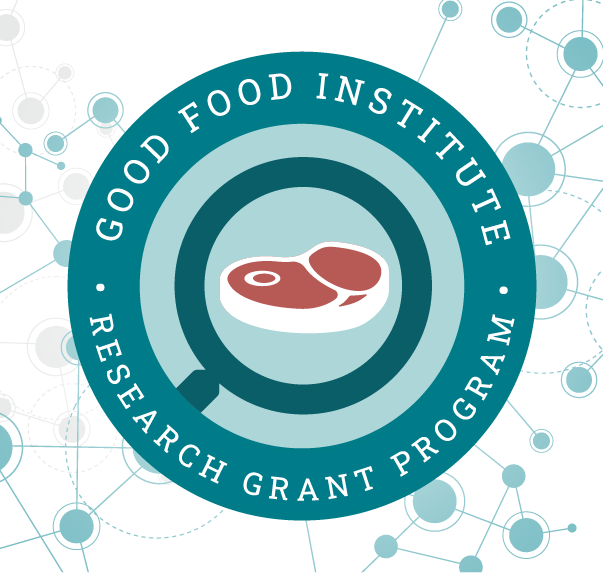
Page
Research grants
Learn about cutting-edge alternative protein research funded by GFI. Find funding opportunities for your own research.
Related research
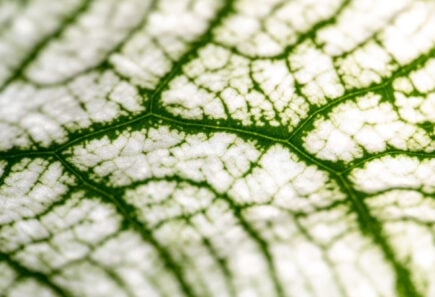
Hybrid scaffolds for cultivated chicken
Learn about Dr. Aline Bruna da Silva’s research on hybrid scaffolds to create 3D cultivated chicken at the Federal Center for Technological Education of Minas Gerais (CEFET-MG).
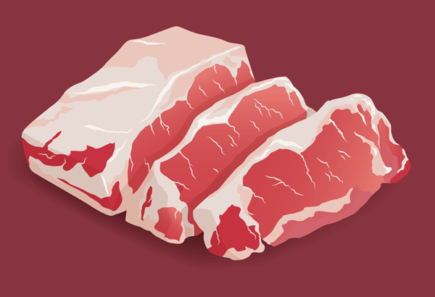
Developing marbled cultivated beef
GFI is developing marbled cultivated beef with Dr. Amy Rowat at University of California, Los Angeles
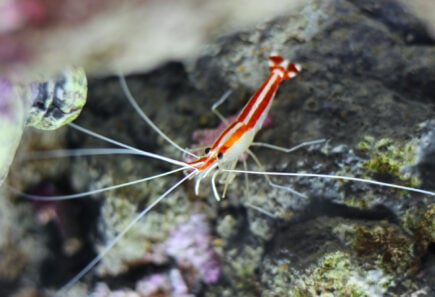
3D fiber scaffolds for shrimp
Learn about Dr. Nataraja Yadavalli’s research to develop edible nanofiber scaffolds for Pacific white shrimp at CytoNest.
Explore research opportunities
-
Cultivated
Naturally adhesive and edible non-animal scaffolding materials
There is a limited number of edible non-animal scaffold materials that are naturally adhesive for use in cultivated meat production. Identifying a larger and more diverse set of these materials,…
-
Cultivated
Incorporating growth factors into scaffolds to reduce costs and introduce spatial heterogeneity
Growth factors (GFs) can be incorporated into scaffolds as a strategy for both reducing costs and improving product quality of cultivated meat. Open-access research is needed to test the feasibility…
-
Cultivated
Scaffolds and structural approaches to optimize fat distribution and content in cultivated meat
The inclusion of fat and marbling in cultivated meat is likely to increase its flavor, texture, and consumer appeal. Structural approaches using edible microcarriers, hydrogels, and 3D bioprinting present promising…
Check out related resources

The science of cultivated meat
Learn about the science of cultivated meat and the challenges that must be addressed for commercial production.
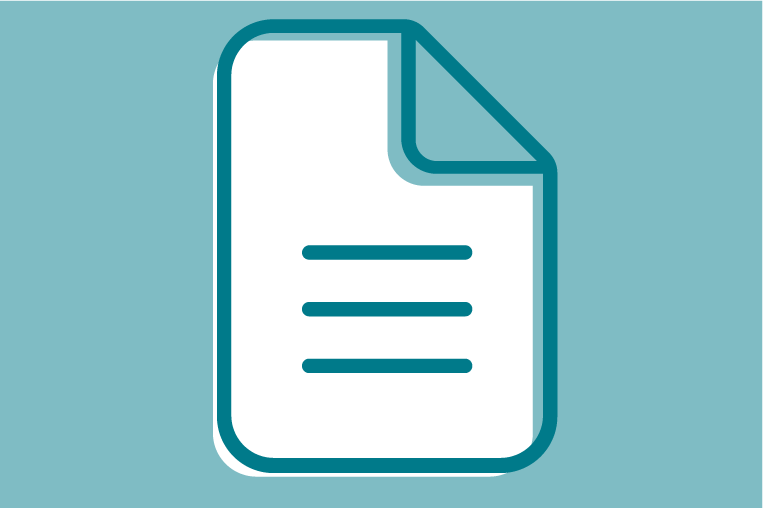
Meeting the needs of the cell-based meat industry
Commercialization of cell-based meat products at economically viable prices will require significant innovations, presenting new challenges and opportunities for industrial biotechnologists.
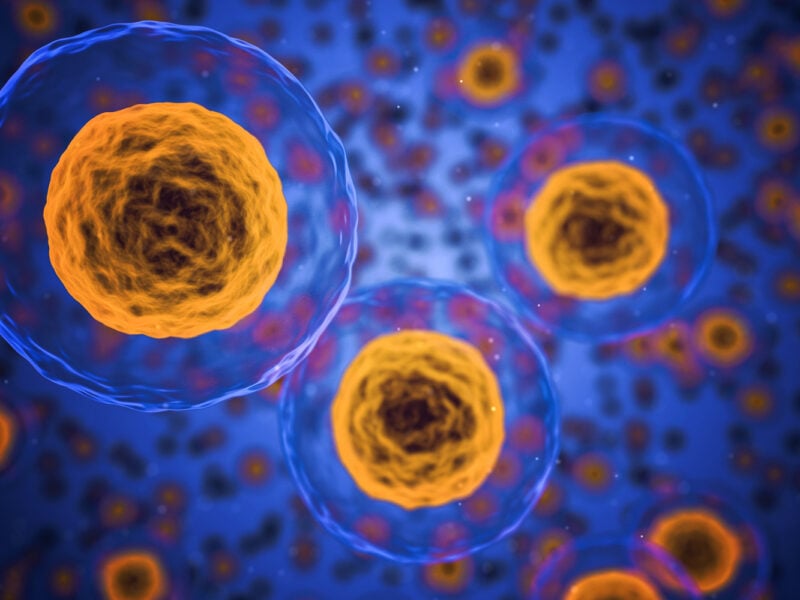
Expanding access to cell lines
Lack of access to cell lines is a major barrier to cultivated meat research. This initiative is increasing access and funding the development of new lines.

